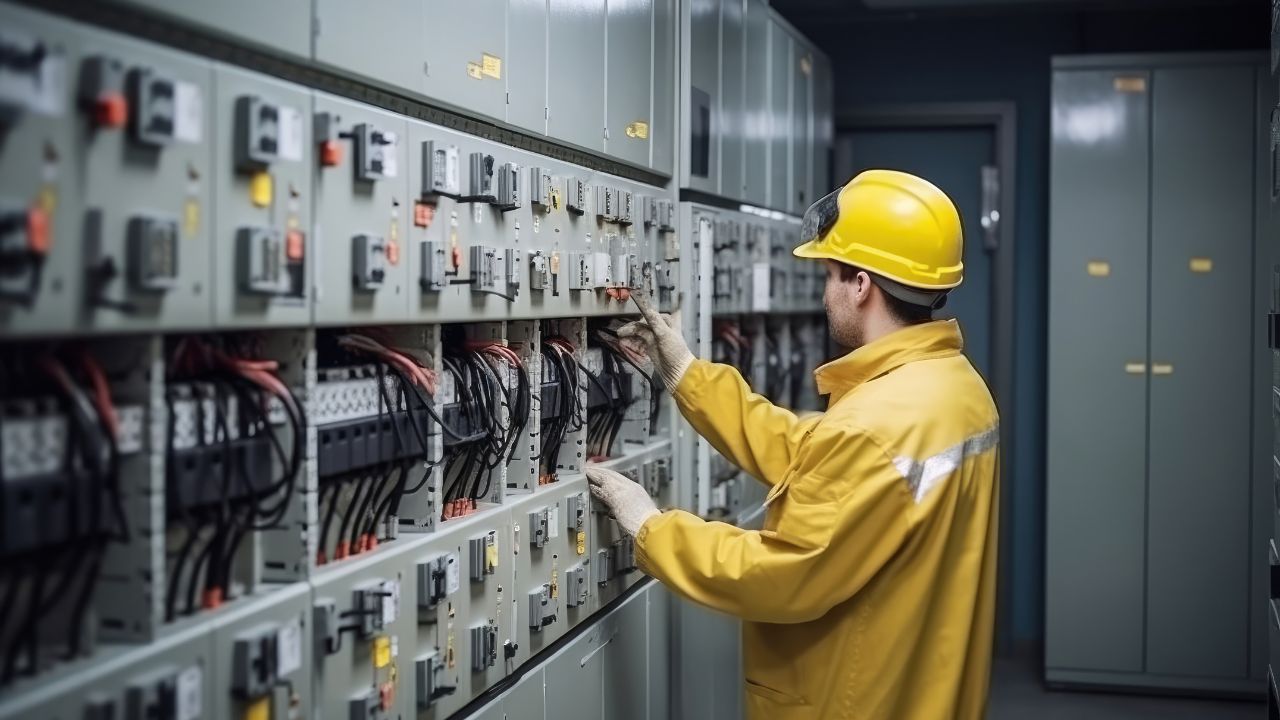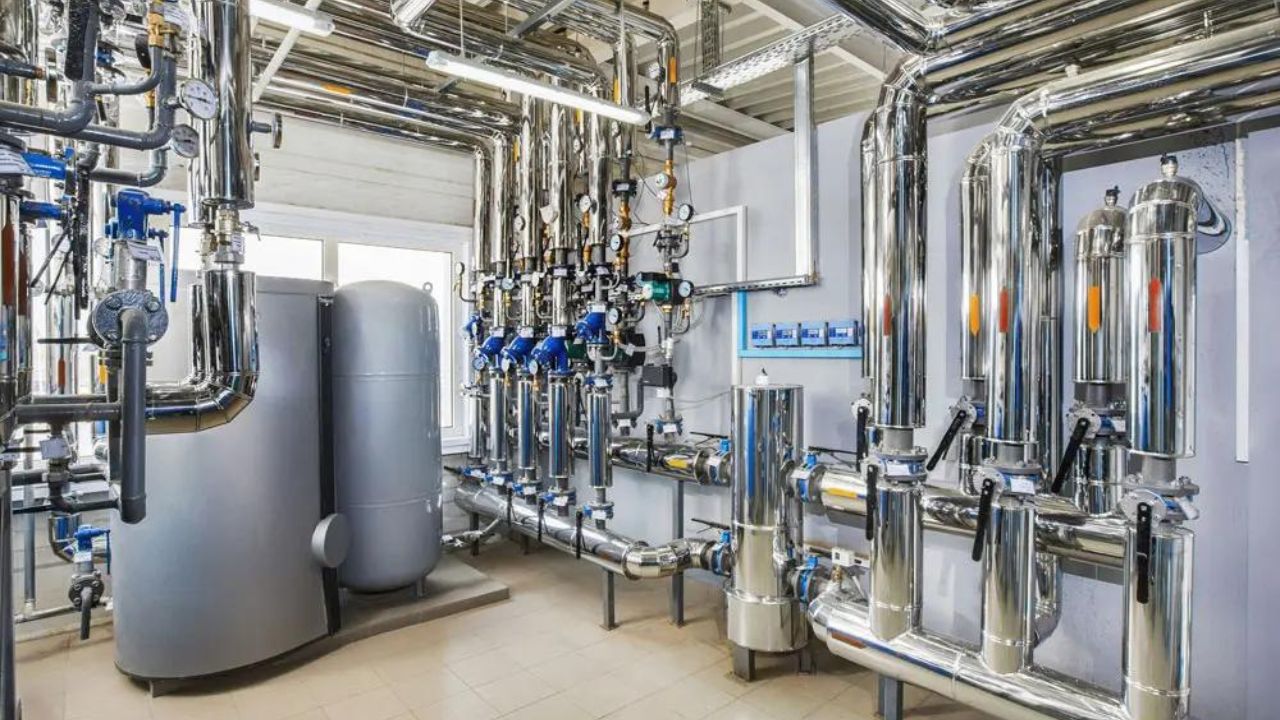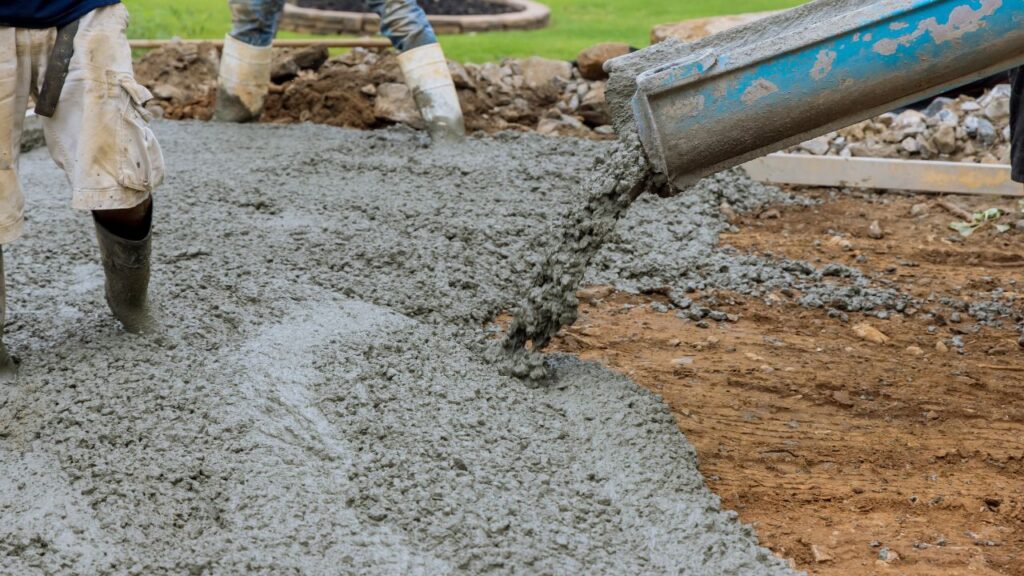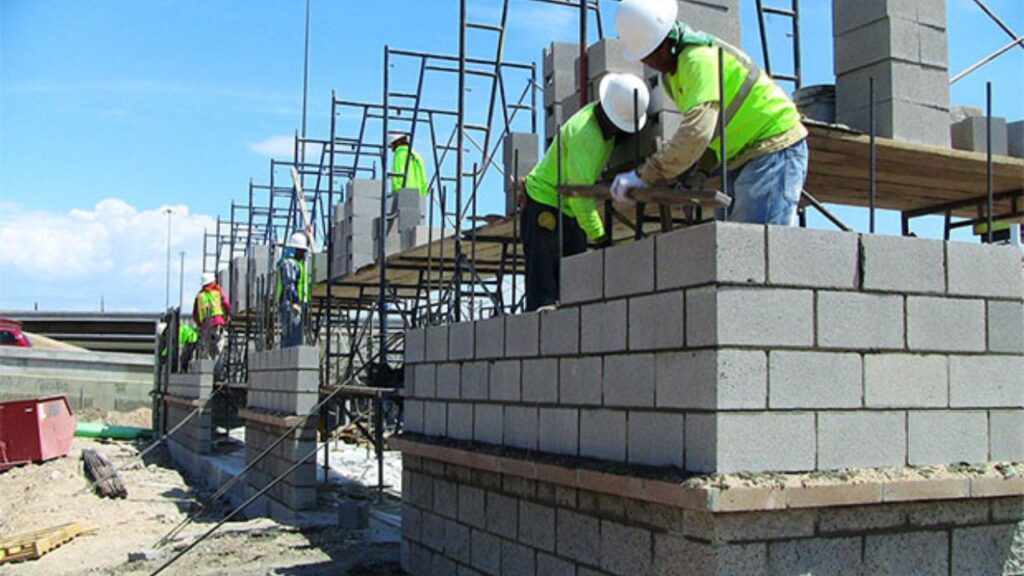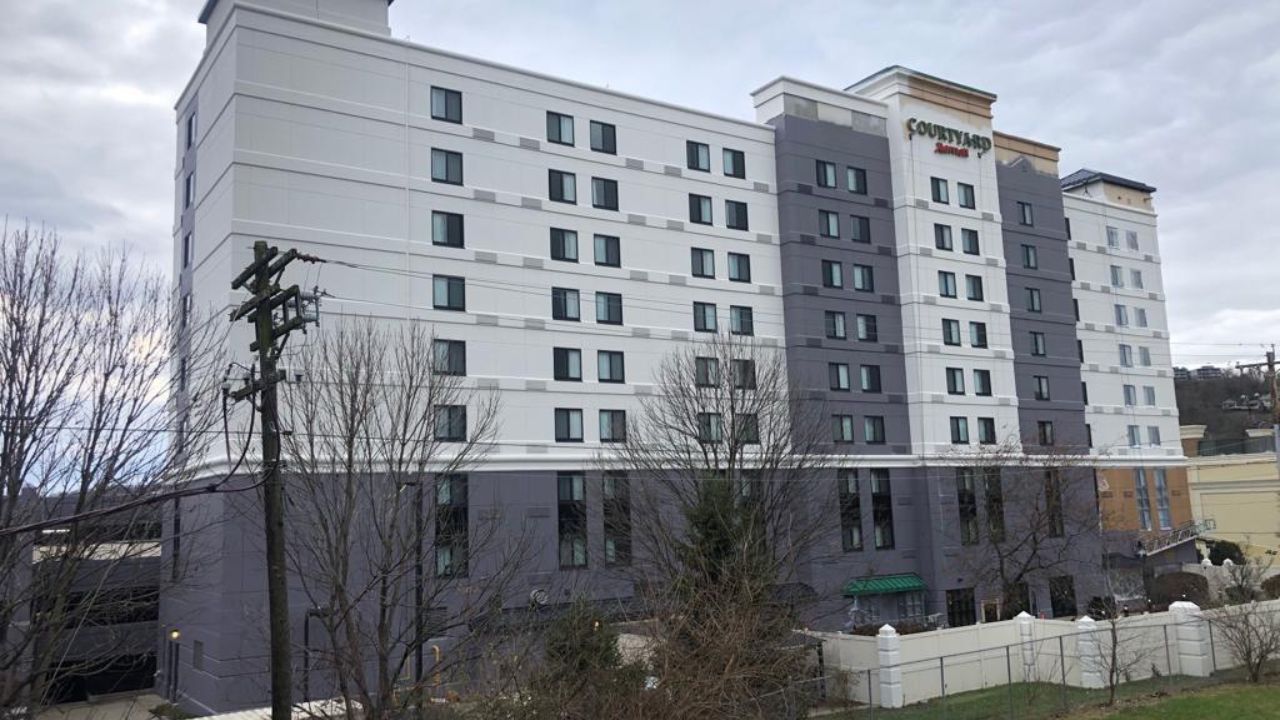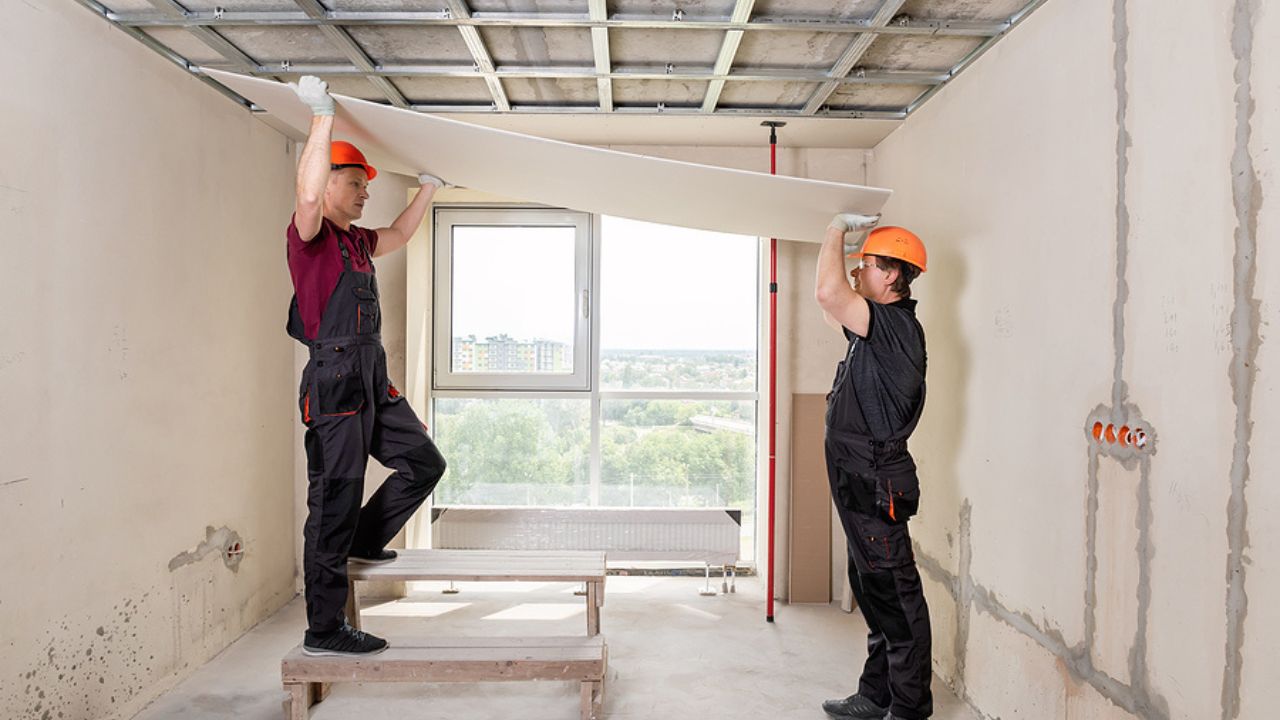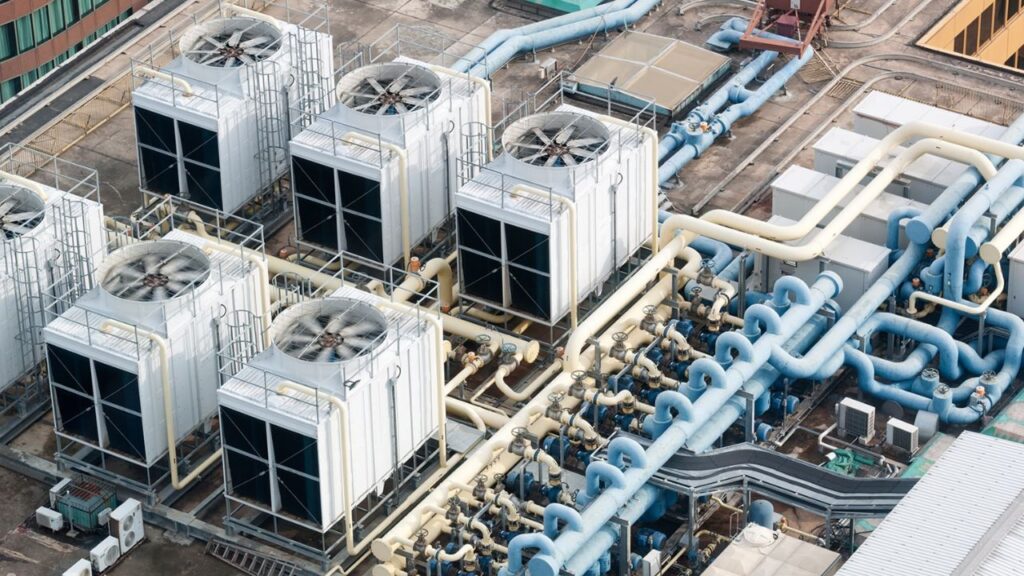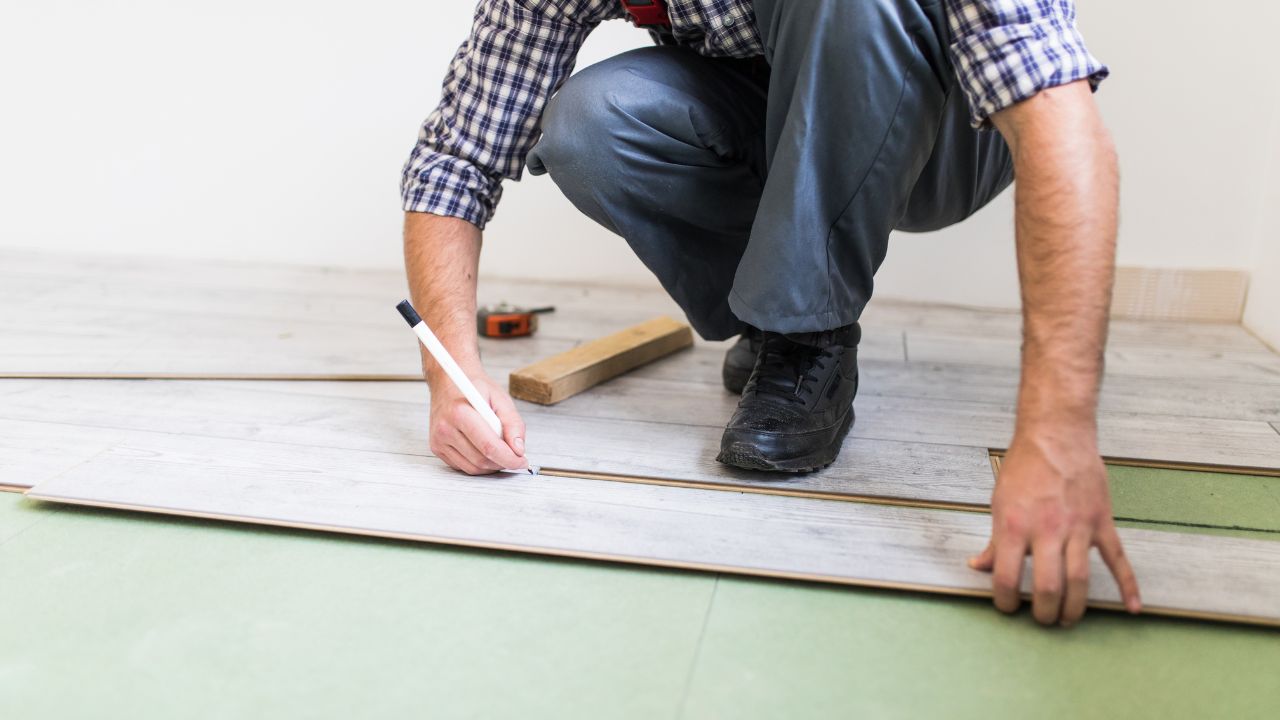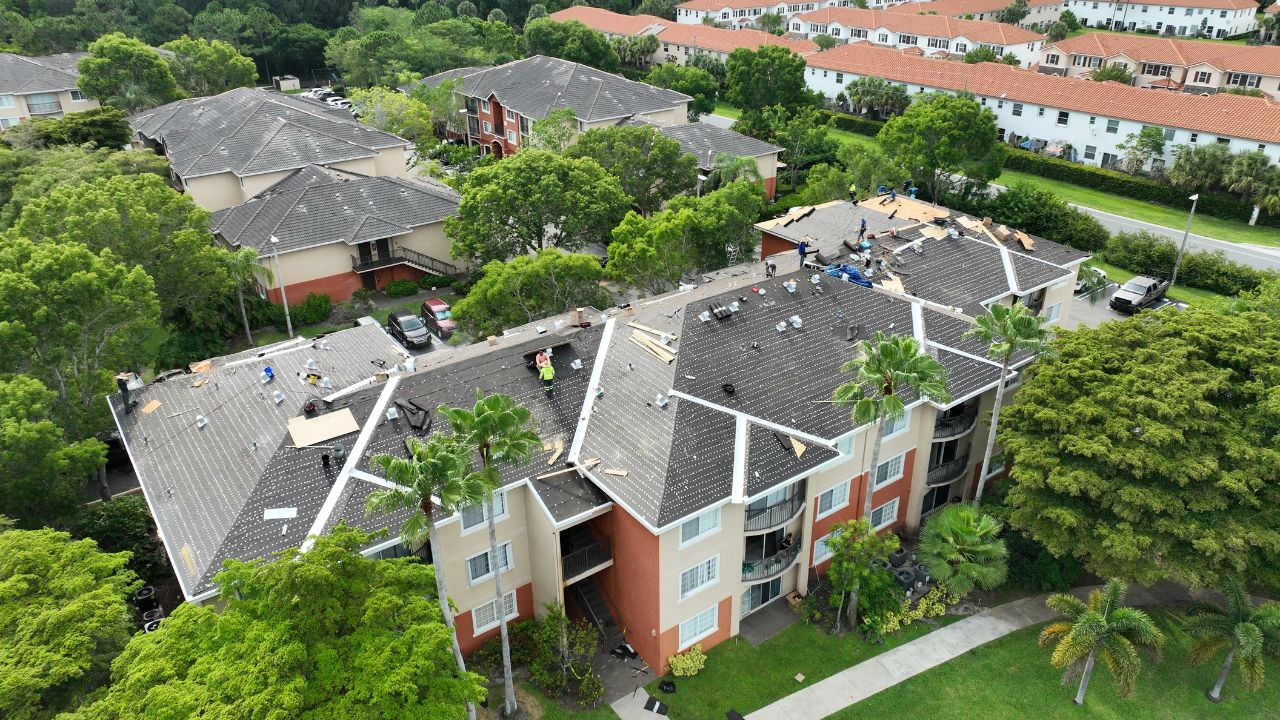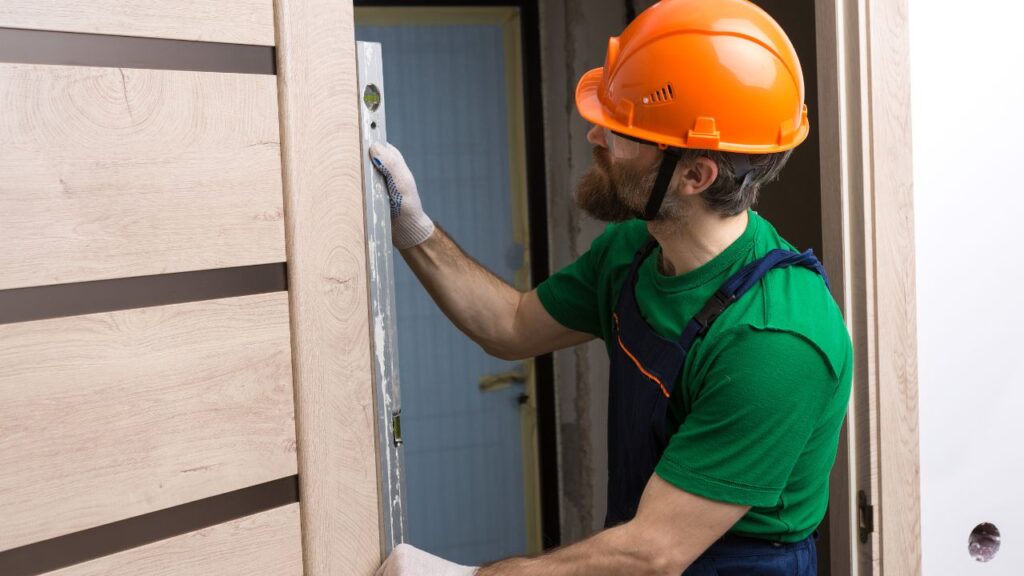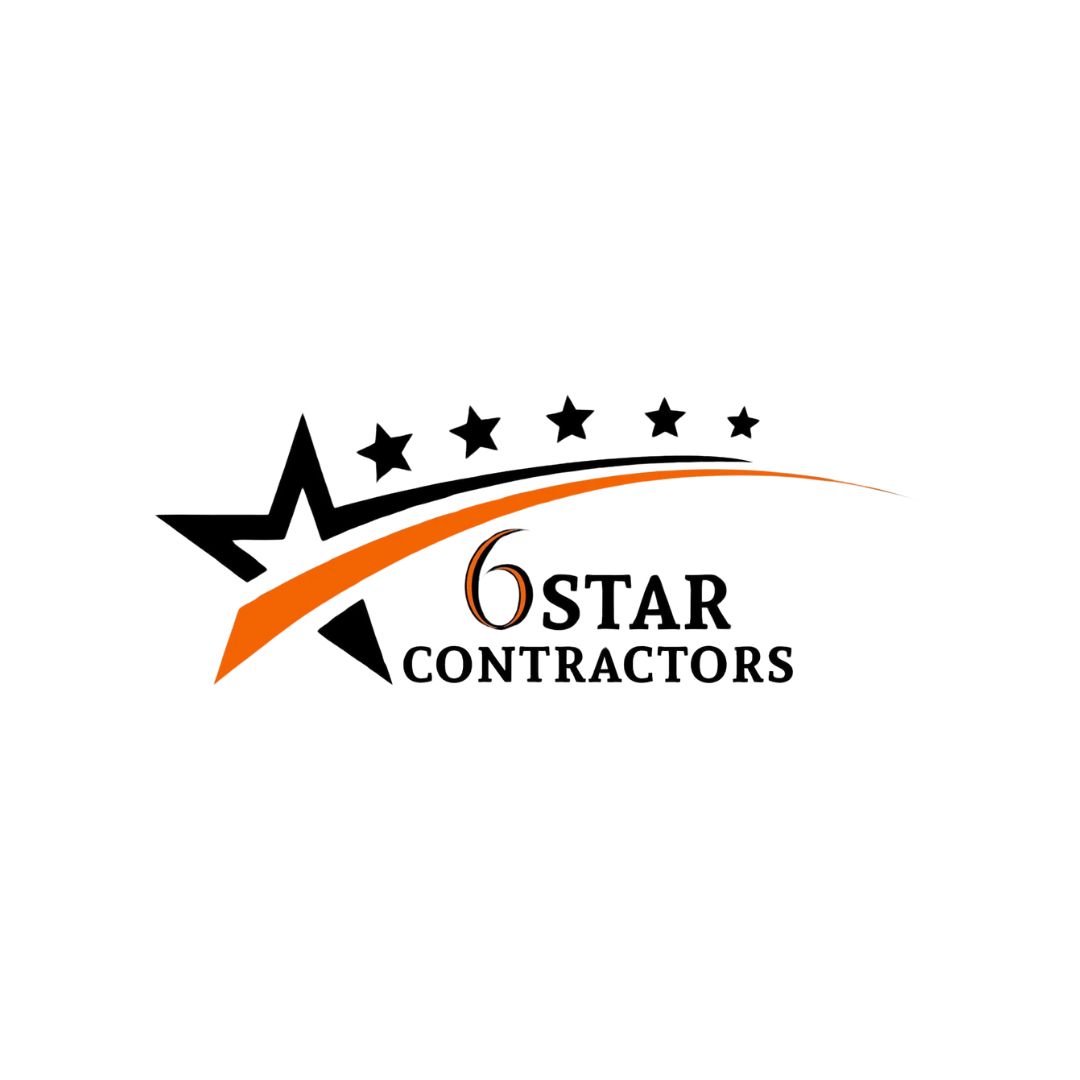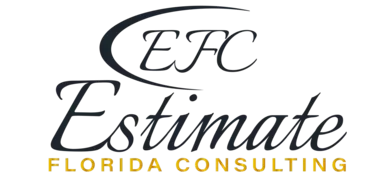- Homepage
- Blogs
HVAC System Estimator for Large-Scale Projects
Leading provider of hvac system estimating.
At Estimate Florida Consulting, we recognize the complexities involved in estimating HVAC systems for large-scale projects. With over a decade of experience, we are dedicated to providing precise and comprehensive estimation services to contractors, subcontractors, general contractors, homeowners, developers, and other stakeholders. Our goal is to alleviate your stress by delivering estimates with up to 99% accuracy, thereby enhancing your chances of winning bids for projects of all sizes.

HVAC Cost per Square Foot in Large Buildings
A common way to estimate HVAC costs is by looking at the cost per square foot. While this is a broad measure and not a one-size-fits-all formula, it can offer a starting point. For large commercial or institutional buildings in Florida, HVAC costs often range from $20 to $40 per square foot. This range can shift depending on whether you’re using cutting-edge, energy-efficient equipment or sticking to more basic, cost-effective choices.
Estimating HVAC Costs by Building Type
The cost of HVAC systems varies significantly depending on the type of building, as different spaces have unique climate control needs. A hospital, for example, demands high-quality air filtration and precise temperature regulation to maintain patient safety and meet health standards. In contrast, a retail complex may require adaptable systems to cater to diverse tenant needs, like stores, offices, and restaurants. Below is a detailed cost breakdown for various building types:
Offices and Commercial Buildings
Office buildings are designed for the comfort of employees and customers while maintaining energy efficiency. HVAC systems in these buildings typically include zoned heating and cooling to provide consistent temperatures across multiple floors or areas. Costs usually range from $25 to $35 per square foot, depending on factors such as building size, layout, and energy efficiency requirements. Incorporating smart thermostats and energy-efficient systems can slightly increase initial costs but lead to significant long-term savings.
Hospitals and Healthcare Facilities
Hospitals require sophisticated HVAC systems to comply with strict air quality, ventilation, and temperature control regulations. These systems often include advanced filtration to remove airborne contaminants, humidity control to prevent microbial growth, and backup systems to ensure continuous operation during power outages. Due to these requirements, HVAC costs can range from $30 to $45 per square foot. The higher cost reflects the need for specialized equipment like HEPA filters, ultraviolet germicidal irradiation (UVGI) systems, and pressurized air zones to prevent cross-contamination.
Get Acquainted with Estimation
Maximize Profits: Budgeting Hacks for Big Construction Projects
Dominate the Competition: Tips to Secure More Construction Bids
Data Centers and High-Tech Spaces
Data centers are critical facilities that demand robust HVAC systems to maintain consistent cooling for servers and other equipment. Precision cooling units are commonly used to ensure optimal performance and avoid costly downtime caused by overheating. Additionally, many data centers invest in redundant systems, such as backup chillers, to enhance reliability. Costs in these facilities range from $35 to $50 per square foot, and they may include advanced features like hot aisle containment systems and monitoring controls to optimize energy efficiency and prevent failures.
Educational and Institutional Buildings
Schools, universities, and research labs often require HVAC systems that can handle various types of spaces, including classrooms, laboratories, lecture halls, and administrative offices. These systems must be flexible enough to provide comfort in changing conditions while meeting energy efficiency standards. Costs typically range from $25 to $40 per square foot. Educational buildings may also include specialized systems for lab ventilation or gymnasium cooling, adding to the overall cost but ensuring optimal functionality for diverse needs.
Mixed-Use and Retail Complexes
Mixed-use buildings, such as those combining retail stores, offices, and restaurants, have unique HVAC requirements due to their varied tenant needs. Restaurants require powerful ventilation systems to handle kitchen exhaust, while offices need steady and efficient cooling. Costs for HVAC installations in these complexes generally fall between $20 and $40 per square foot. The overall price depends on the complexity of the system and the need for individual climate control zones for different tenant spaces, which can increase the design and installation effort.
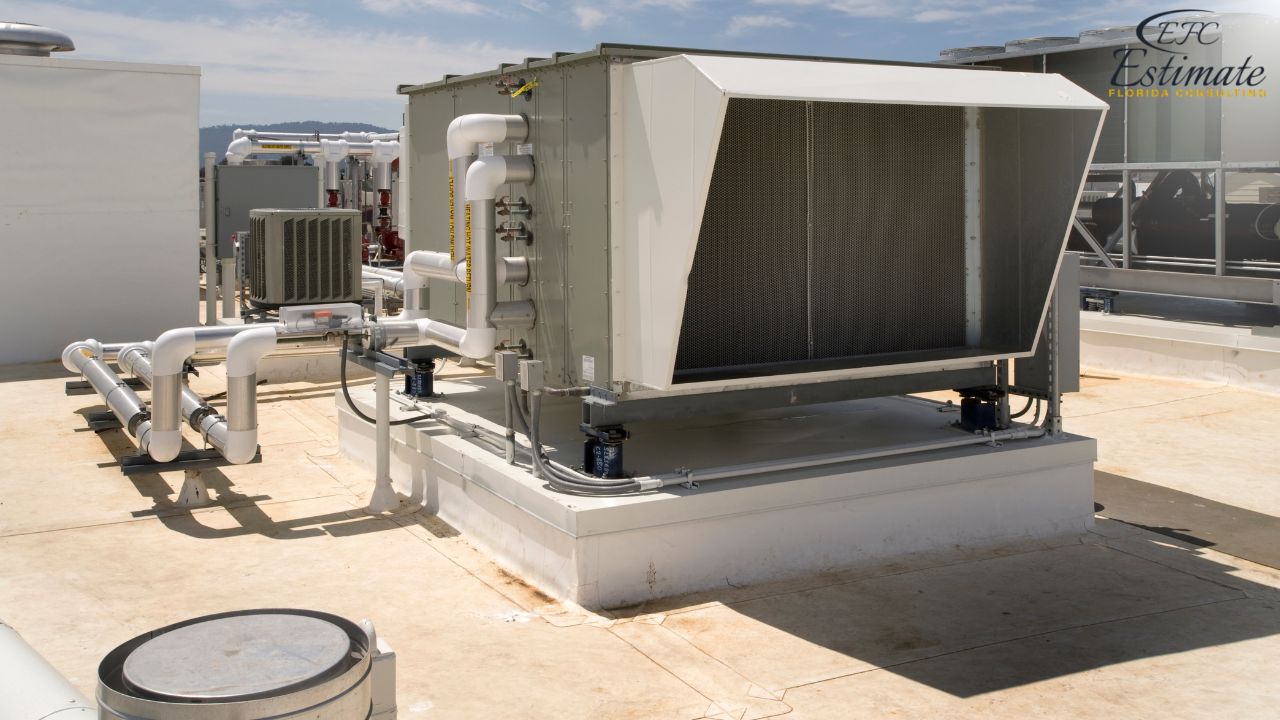
HVAC Costs by System Type
The type of HVAC system selected plays a significant role in determining overall costs. Each system offers distinct advantages and is suited to different building sizes, budgets, and energy efficiency goals. Below are some of the most commonly used systems and their associated costs:
Chiller-Based Systems
Chiller-based systems are commonly used in large commercial or industrial buildings due to their ability to handle high cooling loads. These systems use a central chiller to cool water, which is then circulated through the building to provide air conditioning. Costs typically range from $200,000 to $1,000,000 or more, depending on the size and capacity of the system. Additional expenses may include cooling towers, pumps, and advanced control systems for optimal performance. While upfront costs are high, these systems are energy-efficient over time and ideal for large-scale operations.
Rooftop Units (RTUs)
Rooftop units are self-contained systems installed on the roof of a building, making them easy to maintain and less invasive to install. These units are widely used in commercial buildings due to their simplicity and cost-effectiveness. Installation costs typically range from $100,000 to $500,000, depending on the number of units and their capacity. RTUs are versatile and can be configured for both heating and cooling, making them an attractive option for mid-sized buildings. They also integrate well with modern building management systems to enhance efficiency.
Variable Refrigerant Flow (VRF) Systems
VRF systems are gaining popularity due to their ability to provide precise temperature control for individual zones within a building. These systems use refrigerant as the primary cooling or heating medium, offering greater efficiency and flexibility than traditional setups. However, their advanced components make them more expensive, typically costing 20% to 30% more than conventional HVAC systems. Despite the higher upfront costs, VRF systems are highly efficient and can result in lower energy bills over time. They are particularly suitable for buildings with diverse climate control needs, such as hotels or mixed-use spaces.
Boiler and Radiant Heating Systems
Boiler systems provide consistent and efficient heating, making them popular in colder climates or for buildings with large heating needs. These systems distribute hot water or steam through radiators, underfloor pipes, or other radiant heating systems. Costs can vary widely, but large-scale boiler installations generally start at $150,000 and increase with capacity and complexity. Additional factors, such as the need for high-efficiency boilers or integration with renewable energy sources, can also impact overall costs.
Packaged Systems and Split Systems
Packaged systems and split systems are often used for smaller buildings or spaces with straightforward HVAC requirements. Packaged systems combine heating and cooling components into a single unit, while split systems separate the indoor and outdoor components. Installation costs range from $50,000 to $200,000, depending on the system size and project complexity. These systems are relatively affordable and easy to maintain, making them a practical choice for smaller commercial buildings or supplemental HVAC needs.
Win More Projects With Us
HVAC Equipment Sizing and Capacity Planning
Correctly sizing HVAC equipment ensures you don’t overspend on systems that are too large or underspend and end up with systems struggling to maintain comfort. Engineers typically perform load calculations considering floor area, occupant density, heat-generating equipment, and climate data. Proper sizing avoids wasted energy, reduces wear on equipment, and supports accurate cost estimates.
Detailed Cost Breakdown of Major HVAC Components
Air Handlers and Fan Coil Units
Air handlers and fan coil units play a critical role in distributing conditioned air throughout a building, ensuring consistent temperature control. These systems vary in complexity, with basic units serving small spaces and advanced models tailored for large commercial buildings. Factors such as the unit’s capacity, design features, and energy efficiency impact the overall cost. For instance, an AHU with integrated filtration and humidity control can cost significantly more than a standard unit. On average, air handlers and fan coil units range from $10,000 to over $100,000 per unit, with the price scaling up for larger systems with advanced capabilities. Investing in high-quality units can reduce long-term energy expenses and improve indoor air quality, making them a worthwhile addition to any project.
Ductwork, Dampers, and Diffusers
Ductwork is the backbone of an HVAC system, responsible for efficiently delivering air throughout a building. The cost of ductwork installation can range from $5 to $15 per linear foot, depending on the materials used, the complexity of the design, and the labor involved. Insulated ductwork is often preferred in areas with extreme temperatures, as it minimizes heat loss or gain and improves energy efficiency. Dampers regulate airflow in the ducts, while diffusers ensure even air distribution in rooms. The total expense can reach tens of thousands of dollars, especially for large commercial spaces. High-quality materials and proper insulation may cost more upfront but result in reduced maintenance and energy bills over the system’s lifespan.
Controls, Sensors, and Building Automation Systems
Modern building automation systems (BAS) and advanced controls are crucial for optimizing HVAC performance. These systems use sensors to monitor conditions such as temperature, humidity, and air quality, adjusting settings automatically to maintain comfort and efficiency. Costs for a comprehensive BAS can range from $50,000 to $200,000 or more, depending on the building’s size, system complexity, and level of integration with other technologies. Adding features like remote access, energy monitoring, and programmable schedules can drive up costs but also provide significant energy savings over time. In large facilities, BAS solutions can enhance occupant comfort, reduce waste, and simplify system maintenance, offering a high return on investment.
Pumps, Piping, and Valves
Pumps, piping, and valves are essential for circulating hot and chilled water in HVAC systems. These components play a pivotal role in maintaining the efficiency and reliability of heating and cooling processes. Costs can range from $20,000 to $100,000, influenced by factors like building size, material quality, and the complexity of the piping layout. For instance, copper piping is more expensive but offers superior durability and thermal conductivity compared to alternatives like PVC or PEX. Proper installation is crucial, as poorly installed systems can lead to leaks, pressure imbalances, or energy inefficiencies. Investing in high-quality materials and expert labor ensures optimal performance and reduces long-term repair costs.
Insulation and Vibration Control
Insulation and vibration control are often overlooked but critical aspects of HVAC systems. Proper insulation minimizes energy loss, ensuring that heated or cooled air maintains its temperature as it travels through ducts. Vibration isolators and noise-dampening materials are especially important in commercial buildings, where reducing operational noise improves comfort and productivity. The cost for these components can range from $10,000 to $50,000, depending on the building size and specific requirements. Quality insulation materials and noise-control measures not only enhance occupant comfort but also prolong the life of HVAC equipment by reducing wear and tear caused by excessive vibrations.
Labor and Installation Costs
Labor accounts for a significant portion of HVAC installation costs, often making up 30% to 50% of the total budget. This includes the work of skilled technicians, electricians, pipefitters, and sheet metal workers who ensure the system is installed and calibrated correctly. Complex projects, such as those involving custom ductwork designs or high-tech automation systems, typically require more time and expertise, increasing labor expenses. For instance, projects with tight deadlines may require additional crew members or overtime, further raising costs. Proper installation is crucial to avoid inefficiencies or malfunctions, making it essential to allocate a sufficient budget for experienced professionals.
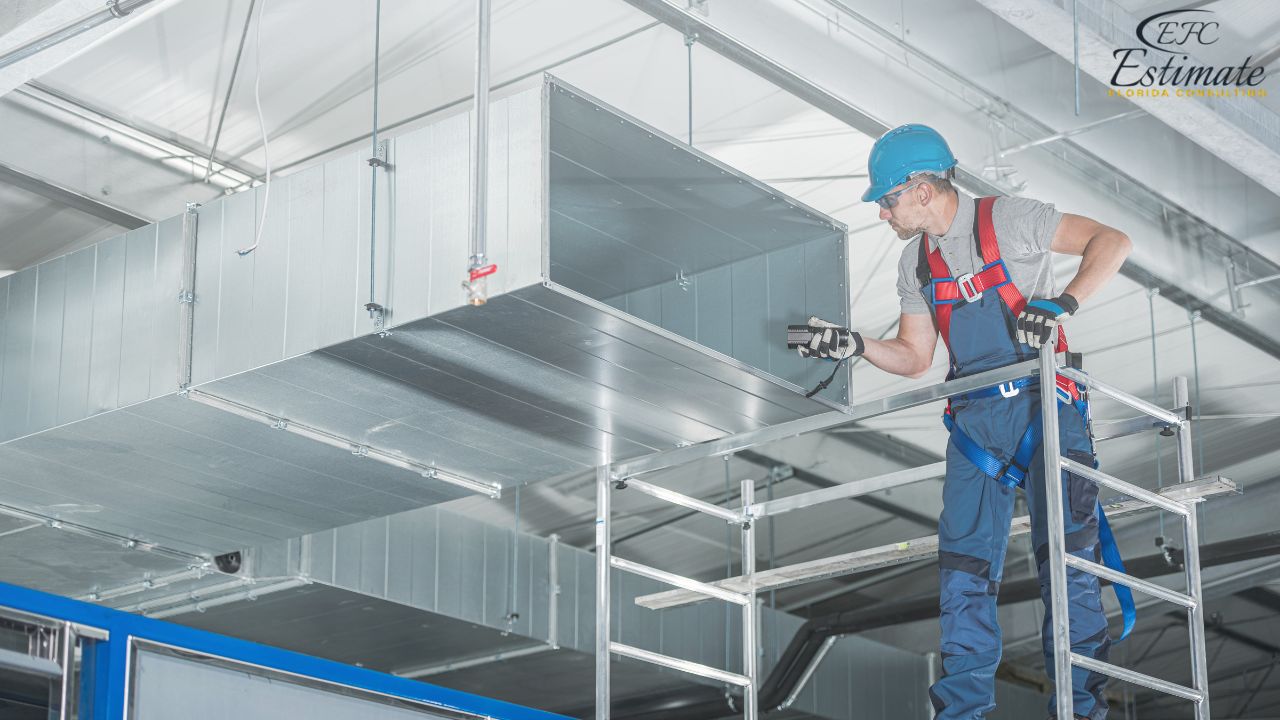
Energy Efficiency, Sustainability, and Life-Cycle Costs
Investing in high-efficiency HVAC systems or sustainable features like energy recovery ventilators can increase initial costs by 10% to 25%, but these upgrades offer substantial long-term benefits. Energy-efficient equipment consumes less power, resulting in lower utility bills and a reduced carbon footprint. Sustainable systems often include features like solar integration or geothermal heating, which can further lower operating costs. Considering the life-cycle costs of an HVAC system—factoring in maintenance, energy use, and potential repairs—provides a clearer picture of its true value. While the upfront investment may seem steep, the savings over the system’s 20- to 30-year lifespan often justify the higher price.
HVAC Cost Estimation Tools and Software
Modern software tools have revolutionized HVAC cost estimation, making the process faster and more accurate. Programs like Wrightsoft, Trimble, and BIM-based solutions allow estimators to calculate costs based on local pricing, system specifications, and design requirements. These tools also enable “what-if” scenarios to explore various system options and their impacts on the budget. While software subscriptions and training require an upfront investment, they save time and reduce errors in large-scale projects. For contractors managing multiple bids, these tools streamline workflows and improve client satisfaction by providing detailed, transparent estimates.
Regional and Climate Considerations in Florida
Florida’s hot, humid climate poses unique challenges for HVAC systems. Robust cooling solutions are essential to maintain comfortable indoor environments, and humidity control is critical to prevent mold and mildew growth. These requirements often lead to higher equipment sizes and increased energy usage, driving up costs by 5% to 15% compared to milder regions. Additionally, hurricane-resistant installations, such as reinforced mounting and weatherproof components, are essential to meet local building codes and ensure system durability during extreme weather events. These factors should be considered when budgeting for HVAC installations in Florida.
Maintenance and Operational Costs
The ongoing maintenance of an HVAC system is just as important as its initial installation. Regular tasks such as filter changes, coil cleaning, and refrigerant checks ensure optimal performance and prolong the system’s lifespan. Depending on the building’s size and system complexity, maintenance costs can range from a few thousand to tens of thousands of dollars annually. Advanced systems with automation features may require specialized technicians, further adding to operational costs. Budgeting for these recurring expenses is essential to avoid unexpected repairs and maintain energy efficiency over the system’s lifetime.
HVAC Costs by Efficiency Level
Selecting high-efficiency HVAC equipment can significantly impact both upfront costs and long-term savings. While these systems may cost 10% to 20% more initially, they consume less energy, resulting in lower utility bills. For example, a high-efficiency chiller or heat pump may pay for itself through energy savings within 5 to 10 years. Over a 20- to 30-year lifespan, these savings can amount to tens of thousands of dollars. Comparing the initial investment against the potential savings provides a clearer understanding of the benefits of high-efficiency systems.
Common Challenges in HVAC Cost Estimation
Estimating HVAC costs can be complicated by fluctuating material prices, labor shortages, and evolving energy regulations. These variables can cause unexpected budget increases, making it essential to include a 5% to 10% contingency fund in project estimates. Other challenges include ensuring compliance with local codes and accurately predicting energy usage. Proactive planning, such as consulting with HVAC engineers early in the design process, can help mitigate these risks and ensure a smoother project timeline.
Download Template For HVAC System Project Breakdown
- Materials list updated to the zip code
- Fast delivery
- Data base of general contractors and sub-contractors
- Local estimators
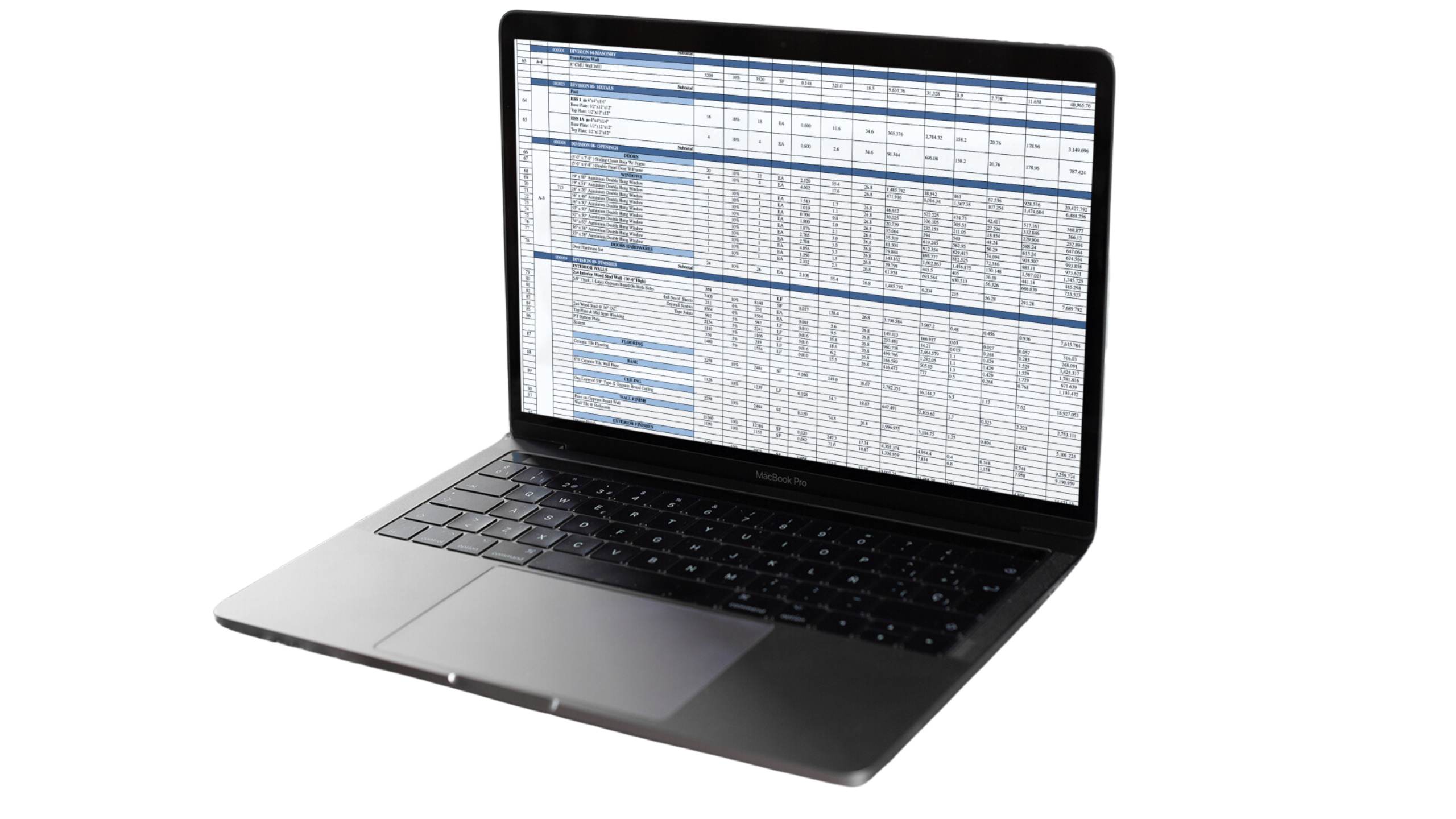
Best Practices for Accurate HVAC Estimates
- Start Early: Engage HVAC engineers and consultants during the early design stages to identify cost-saving opportunities.
- Use Current Data: Reference up-to-date pricing for materials and labor to avoid underestimating costs.
- Consult Experts: HVAC specialists can help refine estimates and ensure all factors are considered.
- Run Multiple Scenarios: Compare different system designs and efficiency levels to find the best balance between upfront costs and long-term savings.
Conclusion
Estimating HVAC system costs for large-scale projects can feel complex, but breaking the process into manageable steps and seeking expert guidance helps ensure accuracy. From evaluating building type and system choice to factoring in regional climate needs and long-term energy use, every decision influences the bottom line. By using proven estimation tools, working closely with HVAC professionals, and focusing on life-cycle costs, you can find solutions that balance comfort, efficiency, and financial sense.
Frequently Asked Question
It varies, but expect anywhere from a few days to several weeks, depending on project complexity and the level of detail required.
While cheaper equipment reduces initial costs, it may lead to higher energy bills and maintenance expenses later. Striking a balance between cost and efficiency is usually best.
Update them whenever project details change, if material or labor prices shift significantly, or if new building codes or regulations come into play.
Yes, some utility companies and government programs offer rebates or incentives for energy-efficient equipment. Check local resources or consult an HVAC professional for guidance.
For large or complex projects, hiring a professional estimator can improve accuracy, reduce risk, and potentially save money by identifying cost-effective design alternatives.
Comprehensive Trade-Specific Estimates
At Estimate Florida Consulting, we offer detailed cost estimates across all major trades, ensuring no part of your project is overlooked. From the foundation to the finishing touches, our trade-specific estimates provide you with a complete and accurate breakdown of costs for any type of construction project.

Testimonials
What Our Clients Say
We take pride in delivering accurate, timely, and reliable estimates that help contractors and builders win more projects. Our clients consistently praise our attention to detail, fast turnaround times, and the positive impact our estimates have on their businesses.
Estimate Florida Consulting has helped us win more bids with their fast and accurate estimates. We trust them for every project!

Steps to Follow
Our Simple Process to Get Your Estimate
01
Upload Plans
Submit your project plans, blueprints, or relevant documents through our online form or via email.
02
Receive Quotation
We’ll review your project details and send you a quote based on your scope and requirements.
03
Confirmation
Confirm the details and finalize any adjustments to ensure the estimate meets your project needs.
04
Get Estimate
Receive your detailed, trade-specific estimate within 1-2 business days, ready for your project execution.


